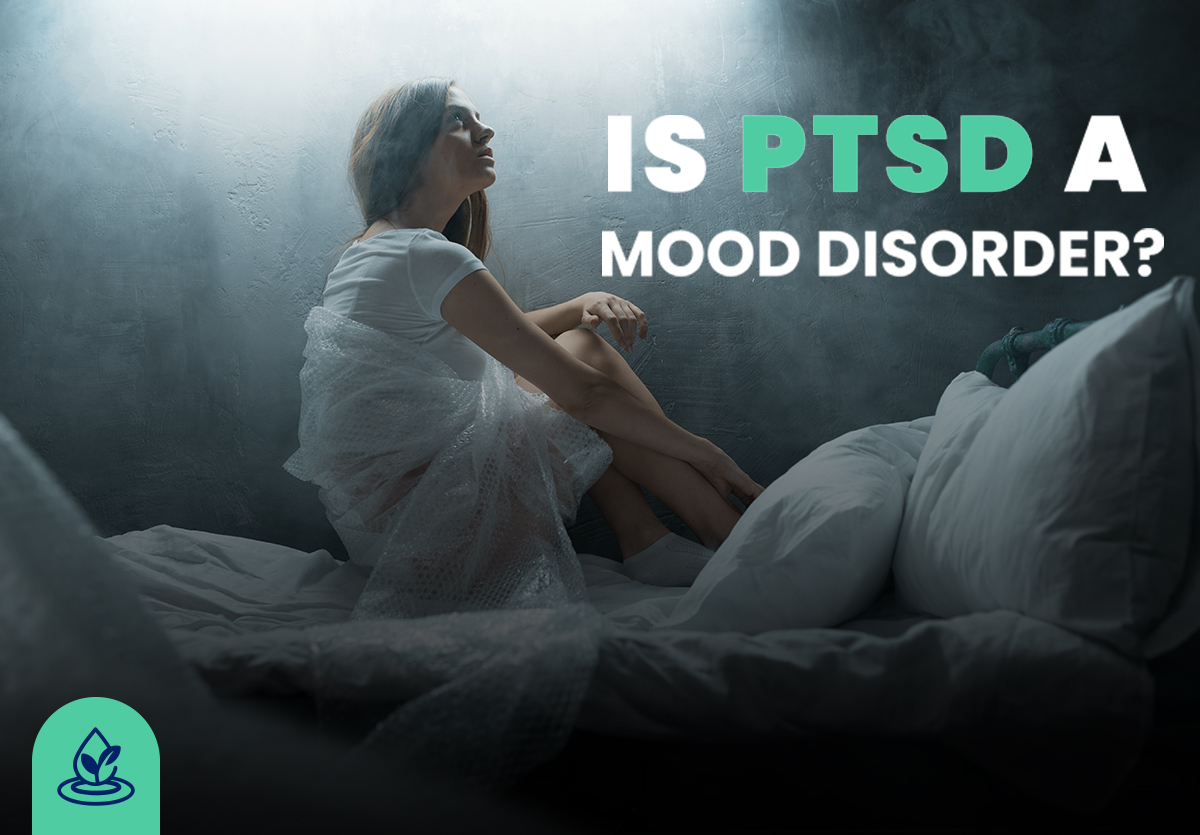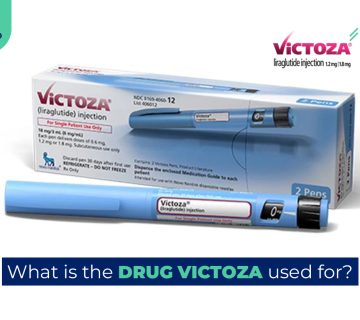A person may develop PTSD after a very distressing or terrifying event. It’s normal to feel tense and anxious after a scary event. But, in some people, these feelings persist. Instead of fading, they intensify over time. This continual battle with stress and anxiety defines PTSD. But, a question often pops up “Is PTSD a Mood Disorder?”
At Atlantis Wellness Center, we offer support for healing PTSD. We will discuss the best ways to manage PTSD and how our services can help those with it.
Understanding PTSD
Is PTSD a Mood Disorder? People ask this frequently as PTSD has a big impact on our feelings. Typically, signs show up within three months post-trauma, but they may take longer. Not every individual who undergoes trauma ends up with PTSD. However, factors like traumatic incidents and poor mental health increase the risk. So do low social support and a low ability to cope with stress.
Symptoms of PTSD
PTSD symptoms are divided into four main categories:
- Intrusive Thoughts: Trauma can trigger memories, flashbacks, or nightmares. They cause intense distress.
- Avoidance: Those with PTSD may avoid triggers. These are places or events that threaten them.
- Negative Shifts in Mood and Mindset: PTSD can cause numbness and a negative outlook. It can make one pessimistic about themselves and the world.
- Variations in Responses: People may feel hyper-alert, scared, or restless.
- PTSD Mood Swings: PTSD may cause noticeable shifts in mood. People could feel okay in one instant, then suddenly feel very angry or sad. These mood shifts from PTSD can affect relationships and daily life. They may feel anxious and withdraw from social situations.
- PTSD from Panic Attacks: PTSD can include panic attacks. The deep terror and bodily signs mirror the trauma, fueling anxiety and stress cycles.
- PTSD Social Anxiety: PTSD triggers social anxiety, making social interactions or activities tough for individuals. This can increase their isolation and slow down their healing journey.
- PTSD Memory Loss: Another symptom of PTSD is memory loss. The brain may try to block painful memories. This can lead to forgotten parts or struggles to recall specific details.
Is PTSD a Mood Disorder?
Many people often confuse PTSD with mood disorders since it significantly influences our feelings. However, PTSD is tied to trauma and stress, it’s not a mood disorder.
This shares characteristics with things like mood disorders; think as depression and anxiety. You could see mood shifts, maybe some crankiness, and possibly a sense of sadness or feeling stuck.
This overlap can cause misdiagnosis or delays in diagnosis. So, mental health practitioners must evaluate the symptoms and their causes. They must do this to provide accurate treatment.
PTSD and Mood Disorders – The Overlap
PTSD is a stress disorder. It is like serious depression and bipolar disorder, which are mood disorders. These conditions have a large impact on one’s feelings. Those dealing with PTSD generally feel things like sadness and guilt. They might get mad easily or have changing moods. It’s also common for them to be consumed by their own emotions.
These signs align with mood disorders. PTSD may be misidentified as a mood disorder. It often coexists with depression, which adds to the confusion. When diagnosing PTSD, doctors mustn’t overlook these overlapping symptoms.
How Long Does It Take to Heal from PTSD?
Healing from PTSD takes different times for each person. It can be six months or much longer. Factors include trauma level, support, and mental health. Everyone’s path is unique.
Severe trauma means a longer healing time. A good support system helps speed up recovery. Access to therapy and support groups makes a big difference.
Mental health history is important. Those with past issues may find it tougher. Resilience and coping strategies are key.
Healing is a personal journey. It has its ups and downs. What helps one person might not help another. Patience, understanding, and support are crucial.
PTSD Myths and Facts
People often get puzzled about PTSD, leading to false beliefs and unfair views. Many think PTSD only troubles soldiers. But, any severe, scary event can trigger it in anyone. Some believe that a lack of toughness causes PTSD. It’s a health problem needing care, not a weakness. Another deceptive idea is that PTSD shows up right after a bad event. But, its signs may surface much later, even years afterward.
Natural Ways to Treat PTSD
Exercise brightens moods and cuts stress for those with PTSD. Yoga and meditation quiet racing thoughts. A diet rich in fruits and vegetables increases energy and spirits. Nature walks induce calm and tranquility. Conversations with loved ones offer crucial support. These natural remedies, from movement to mindfulness, provide effective alternatives to medication. By using these approaches, individuals can tackle PTSD symptoms and find relief without pills.
How Do You Treat PTSD and Mood Disorders?
PTSD and mood disorders can be treated successfully with a plan made just for you. Here are some common steps in treatment:
- Assessment: The first step is to see a mental health doctor. They will ask you questions and give you tasks to understand your mental health better. This helps them create a treatment plan just for you.
- Medication: Sometimes, medicines can assist with PTSD and mood irregularities. Physicians might give you medication to improve your condition. This would allow you to take part in other treatments, like counseling. They will monitor your progress to ensure the medication helps and has no side effects.
- Psychotherapy: A chat with a mental health expert, like a psychologist, is helpful. This can aid in comprehending your emotional distress and developing coping mechanisms. The therapy meetings let you set goals and track your progress.
- Small Tweaks in Routine: Simple adjustments in your everyday activities can be beneficial. Consistent workouts, nutritious meals, and sufficient rest can enhance your well-being.
Conclusion
So, Is PTSD a Mood Disorder? PTSD isn’t a mood disorder. But, it has traits found in mood disorders like depression and bipolar disorder. Finding these shared traits is key. It helps us diagnose and treat the problem.
It’s vital to understand PTSD. Its symptoms, causes, and treatments are complex. This knowledge can help those affected by this tough condition.
You may wonder if you have PTSD, how long it takes to heal, or about PTSD myths and facts. Treating PTSD requires a personalized approach.
FAQs
Does PTSD go away?
PTSD means Post-Traumatic Stress Disorder. It’s something you might feel after something super frightening or upsetting. Some people can heal in time with some help, but for some, it sticks around. Help from doctors and therapists is crucial.
Can Post Traumatic Stress Disorder cause seizures?
PTSD typically impacts our emotions and thoughts. Yet, in rare cases, extreme stress from PTSD could cause seizures. A healthcare professional should be consulted if seizures occur in a person dealing with PTSD.
Are people with PTSD emotionally non-expressive?
Not necessarily. People with PTSD can experience a range of emotional responses. Some people may become emotionally non-expressive and seem detached. Others may show heightened emotions, like anger, sadness, or anxiety. PTSD affects everyone differently. So, emotional expression can vary widely among those with it.







No comment